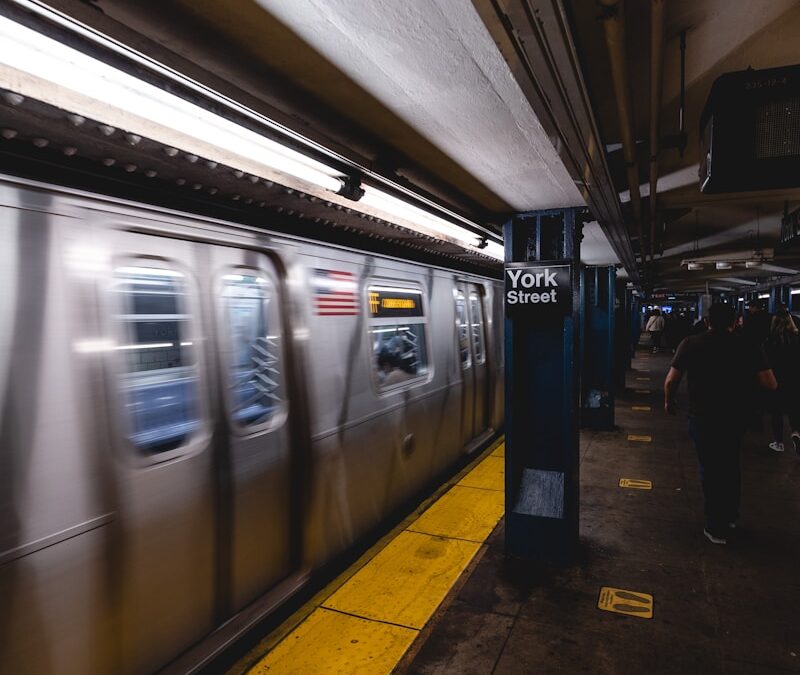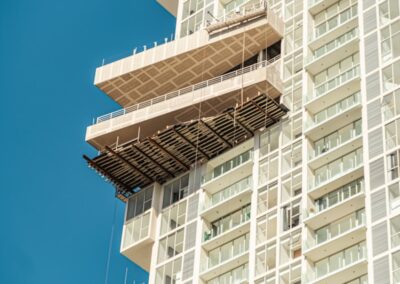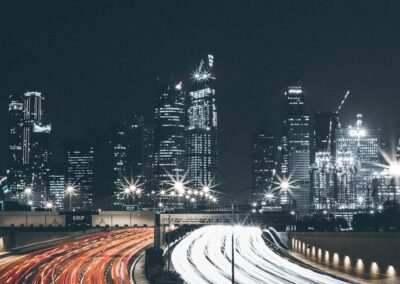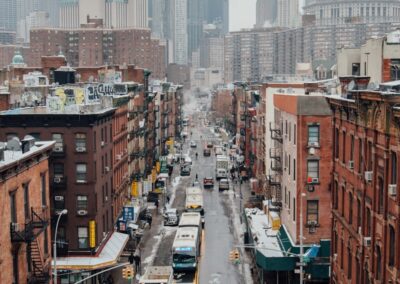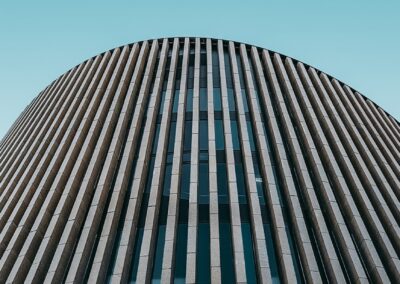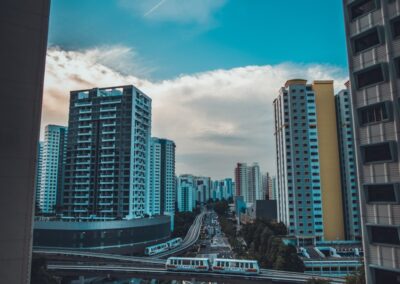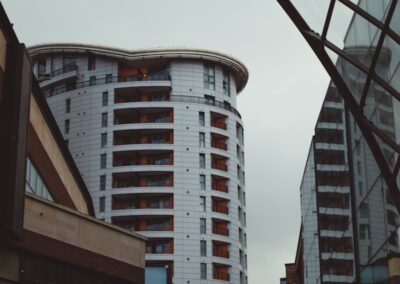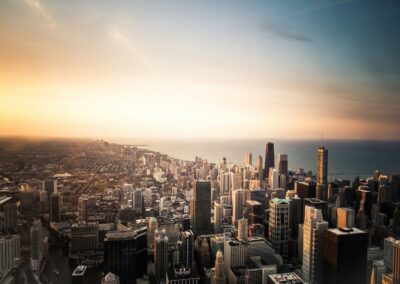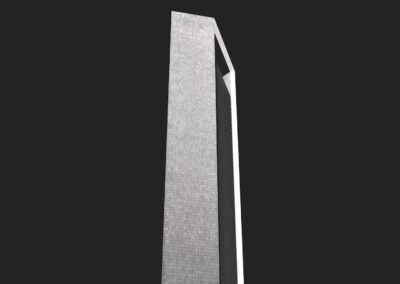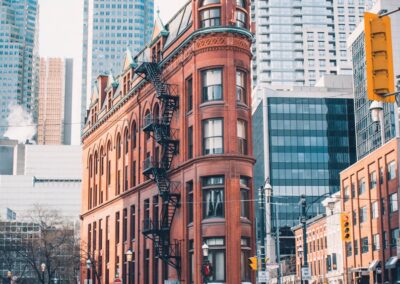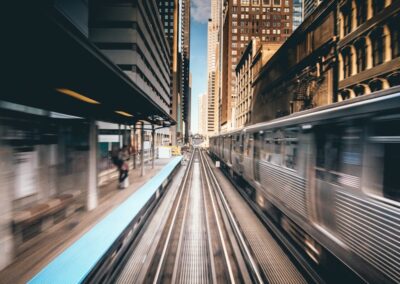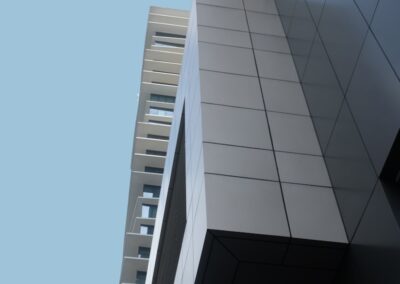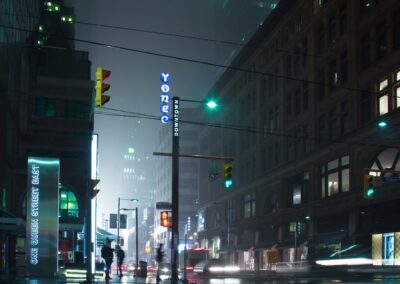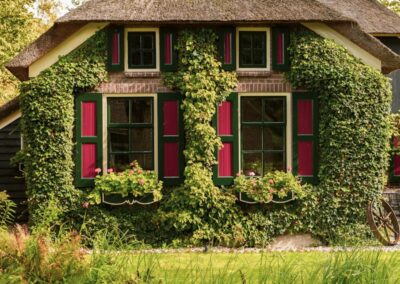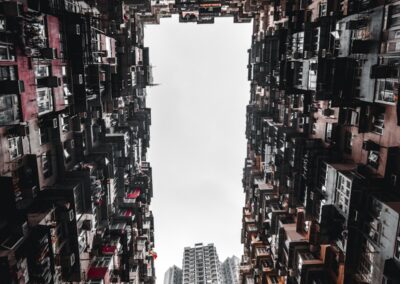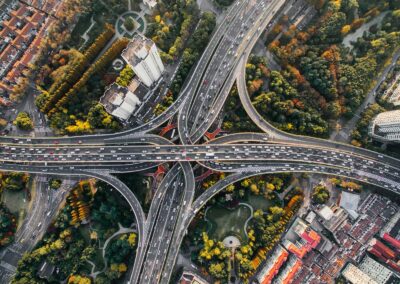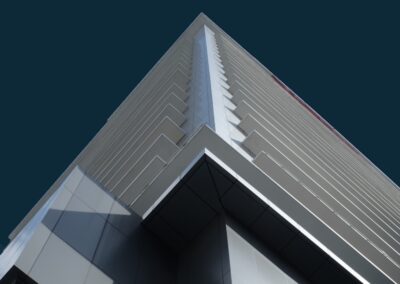Case Studies Demonstrating the Potential of Vertical Urban Developments
Revolutionizing Urban Landscapes with Vertical Urban Developments
Vertical urban developments are transforming the way we envision city planning and architecture. In rapidly growing urban areas like Riyadh and Dubai, these developments offer scalable and replicable solutions to address space constraints and environmental challenges. The potential of vertical urban developments lies not only in their ability to maximize land use but also in their capacity to integrate advanced technologies such as Artificial Intelligence, Blockchain, and the Metaverse.
In Riyadh, the King Abdullah Financial District (KAFD) exemplifies the success of vertical urban developments. This project integrates mixed-use skyscrapers with residential, commercial, and recreational spaces, optimizing the use of vertical space. The KAFD’s innovative design incorporates smart building technologies and sustainable practices, reducing energy consumption and enhancing the overall quality of urban living.
Similarly, Dubai’s iconic vertical urban developments, such as the Burj Khalifa and the Jumeirah Lakes Towers, showcase the city’s commitment to sustainable and futuristic architecture. These developments utilize state-of-the-art materials and construction techniques, making them benchmarks for vertical urban planning worldwide. By studying these case studies, other cities can adopt similar approaches to create scalable and sustainable urban solutions.
Integrating Technology in Vertical Urban Developments
The integration of modern technology is crucial in realizing the full potential of vertical urban developments. Artificial Intelligence (AI) plays a significant role in optimizing building operations and improving energy efficiency. AI-powered systems can monitor and adjust lighting, heating, and cooling in real-time, ensuring optimal energy use and reducing operational costs.
Blockchain technology offers robust solutions for managing urban developments. It ensures transparency and security in transactions, from property sales to utility management. In smart cities like Dubai, blockchain is used to streamline processes and improve trust among stakeholders, making urban management more efficient and secure.
The Metaverse and Generative AI are also transforming urban planning and design. By creating virtual models of cities, planners can simulate various scenarios to optimize the layout and functionality of vertical developments. These technologies enable architects to experiment with innovative designs and materials, pushing the boundaries of what is possible in urban development.
Leadership and Management in Vertical Urban Projects
Effective leadership and management are essential for the success of vertical urban developments. Leaders in Saudi Arabia and the UAE are at the forefront of this transformation, driving projects that set new standards for urban living. Visionary leadership ensures that projects are aligned with long-term sustainability goals and are executed efficiently.
Project management in vertical urban developments requires advanced skills and a strategic approach. Managers must coordinate various stakeholders, from architects and engineers to government agencies and investors. Effective communication and project management tools are crucial in ensuring that projects are completed on time and within budget.
Leadership in these projects also involves fostering innovation and embracing new technologies. By staying ahead of technological advancements, leaders can ensure that their projects are not only cutting-edge but also sustainable and resilient. This forward-thinking approach is vital in creating urban developments that can adapt to future challenges and opportunities.
The Global Impact of Vertical Urban Developments
Scalable and Replicable Urban Solutions
The success of vertical urban developments in Riyadh and Dubai provides valuable insights for other cities worldwide. These case studies demonstrate how vertical solutions can be scalable and replicable, addressing the unique challenges of urbanization in different contexts. By adopting best practices from these cities, urban planners can create efficient and sustainable environments that cater to the needs of growing populations.
One of the key advantages of vertical urban developments is their scalability. By building upwards rather than outwards, cities can accommodate more people and businesses within limited space. This approach is particularly beneficial in densely populated areas where land is scarce and expensive. Vertical developments also enable the integration of green spaces and public amenities, enhancing the quality of urban life.
Replicability is another important aspect of vertical urban developments. The technologies and strategies used in successful projects can be adapted and implemented in different cities. This transfer of knowledge and expertise promotes global collaboration and accelerates the adoption of sustainable urban practices. By learning from the experiences of cities like Riyadh and Dubai, other urban centers can avoid common pitfalls and achieve their development goals more efficiently.
Economic and Environmental Benefits
Vertical urban developments offer significant economic and environmental benefits. Economically, these developments attract investment and boost local economies. By creating mixed-use spaces, cities can support a diverse range of businesses and industries, driving economic growth and job creation. The efficient use of space also reduces infrastructure costs, making urban development more financially viable.
Environmentally, vertical urban developments contribute to sustainability by reducing the ecological footprint of cities. By concentrating development in high-rise buildings, cities can preserve natural landscapes and reduce urban sprawl. Vertical developments also promote energy efficiency and reduce greenhouse gas emissions through innovative design and technologies. This approach aligns with global efforts to combat climate change and promote sustainable urbanization.
The combined economic and environmental benefits of vertical urban developments make them an attractive option for cities worldwide. By adopting these strategies, cities can enhance their competitiveness, improve the quality of life for residents, and contribute to global sustainability goals. The success of vertical developments in Saudi Arabia and the UAE serves as a testament to the potential of this approach in shaping the future of urban architecture.
Future Prospects and Innovations
The future of vertical urban developments is bright, with ongoing innovations and advancements shaping the next generation of urban architecture. Emerging trends such as biophilic design and smart building technologies will continue to drive the evolution of vertical developments. These trends focus on creating harmonious environments that integrate nature and technology, promoting well-being and sustainability.
Vertical farming is another promising innovation that can be integrated into high-rise buildings. By incorporating agricultural spaces within urban developments, cities can produce fresh food locally, reducing transportation costs and environmental impact. This approach also enhances food security and promotes healthier lifestyles for urban residents.
In conclusion, vertical urban developments represent a scalable and replicable solution for the challenges of modern urbanization. The successful case studies from Riyadh and Dubai highlight the potential of this approach in creating sustainable and vibrant cities. By leveraging advanced technologies, fostering strong leadership, and embracing innovative designs, cities worldwide can adopt vertical urban developments to achieve their sustainability and development goals. The future of urban architecture lies in building upwards, creating cities that are efficient, resilient, and sustainable.
#VerticalUrbanDevelopments #SustainableCities #HighRiseArchitecture #GreenBuildings #SmartCities #AIinConstruction #BlockchainTechnology #RiyadhInnovation #DubaiSustainability #UrbanDevelopment #LeadershipInConstruction #ProjectManagementSkills

